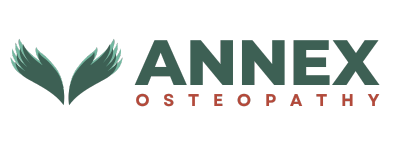Myofascial Release Therapy
Myofascial release is an osteopathic technique that helps to release tension within the body’s fascia network. Fascia is a thin tissue that covers all the organs of the body, every muscle and every fibre within each muscle.
By releasing these tissues Osteopathic practitioner relieves obstructions or stress.
When muscle fibres are injured, the fibres and the fascia which surround it become short and tight.
This uneven stress can be transmitted through the fascia to other parts of the body, causing pain and symptoms like back strain, cervical pain, dizziness, carpal tunnel syndrome and more.
Osteopathic practitioner finds the areas of tightness, applies a light stretch and waits for the tissue to relax. Then the stretch is increases.
This process is repeated until the area is fully relaxed, and then the next area is stretched.
How does myofascial release therapy work?
Myofascial release therapy focuses on the gentle manipulation to alleviate tension in your body’s fascia, the connective tissue network that surrounds muscles and organs. It works on multiple levels: from surface area to very deep down muscles, and is often combined with other osteopathic techniques such as joint manipulation or visceral mobilization. This can reduce the intensity of pain and discomfort
Myofascial release therapy may help you manage symptoms of the following conditions:
- Headaches, including migraines and tension headaches
- TMJ and Face pain.
- Chronic back and neck pain.
- Pregnancy discomfort and postpartum care.
- Chronic fatigue and Fibromyalgia.
What to expect on your first visit.
What to expect from your Myofascial Release Treatment
Call Annex Osteopathy today (416) 550-0143 to book appointment.

